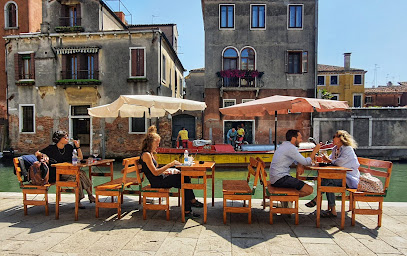
The Majestic Duomo di Santa Maria Assunta: A Symbol of Asolo's Heritage
Explore the breathtaking Duomo di Santa Maria Assunta in Asolo, a stunning Catholic church rich in history, art, and spiritual significance.
Nestled in the heart of Asolo, the Duomo di Santa Maria Assunta stands as a testament to the town's rich history and religious significance. This stunning Catholic church, adorned with intricate architecture and beautiful artworks, offers visitors a glimpse into the spiritual and cultural essence of the region. Whether you are drawn by faith, art, or history, the Duomo provides a serene space for reflection amidst its stunning surroundings.
A brief summary to Duomo di Santa Maria Assunta
- Piazzetta S. Pio X, 192, Asolo, Province of Treviso, 31011, IT
- +390423952376
Local tips
- Visit during a weekday to enjoy a quieter experience, as weekends can be busier with tourists.
- Check for any special services or events that might be taking place during your visit.
- Take your time to admire the intricate details of the frescoes and sculptures inside the church.
- Consider visiting the nearby cafés for a taste of local pastries after your visit.
- Dress modestly to show respect when visiting this sacred site.
Getting There
-
Car
If you are traveling by car, navigate to Asolo in the Province of Treviso. From the A27 highway, take the exit for Treviso Nord and follow the signs for SS53 towards Asolo. Once in Asolo, look for signs directing you to the historic center. The Duomo di Santa Maria Assunta is located at Piazzetta S. Pio X, 192. There is limited street parking available around the church, so be prepared to walk a short distance.
-
Public Transportation - Train and Bus
To reach the Duomo di Santa Maria Assunta via public transportation, take a train to Castelfranco Veneto from your location in Veneto. From Castelfranco Veneto station, take bus line 120 towards Asolo. The bus will drop you in the town center. From the bus stop, walk for about 10 minutes to reach the Duomo, located at Piazzetta S. Pio X, 192. Make sure to check the current bus schedule as frequencies may vary.
-
Taxi or Rideshare
If you prefer a more direct route without the hassle of parking, consider taking a taxi or using a rideshare service like Uber. Simply input 'Piazzetta S. Pio X, 192, Asolo' as your destination. This option is convenient if you have luggage or are traveling with a group. The fare will depend on your starting location.
Discover more about Duomo di Santa Maria Assunta
Iconic landmarks you can’t miss
Chiesa Parrocchiale dei Santi Marco e Pancrazio in Crespano di Pieve del Grappa
6.4 km
Discover the serene beauty of Chiesa Parrocchiale dei Santi Marco e Pancrazio, a historic Catholic church nestled in the heart of Crespano del Grappa.
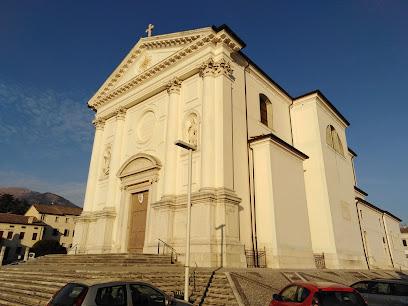
Castelfranco Veneto
14.5 km
Explore the enchanting medieval town of Castelfranco Veneto, where history, art, and nature converge in the heart of Treviso, Italy.
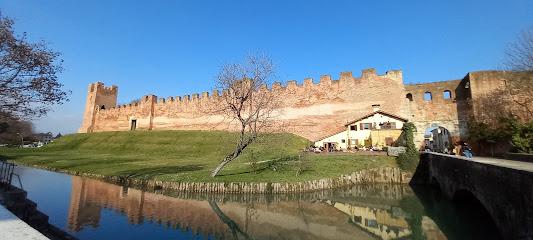
Cittadella
19.8 km
Discover Cittadella, a medieval marvel in the Province of Padua, where ancient walls and captivating history await every traveler.
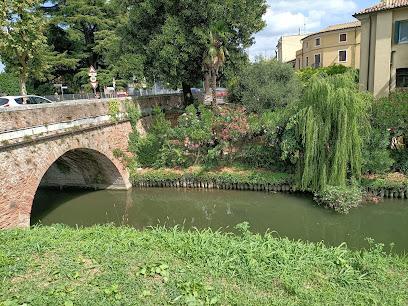
Torre del Visdomino
29.7 km
Explore Torre del Visdomino, a mesmerizing historical landmark in Treviso, Italy, that encapsulates the city's rich heritage and architectural beauty.
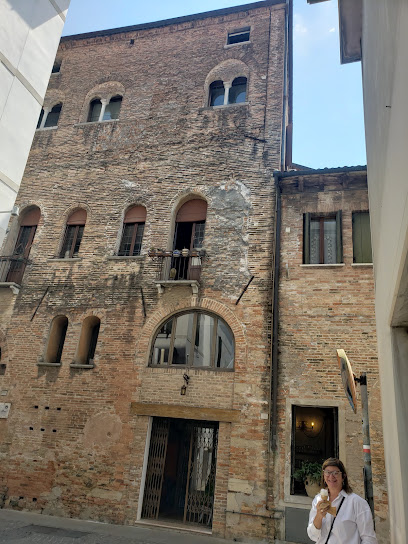
Calmaggiore
29.7 km
Discover the enchanting Calmaggiore in Treviso, Italy, a vibrant street filled with history, shops, and delicious local cuisine.
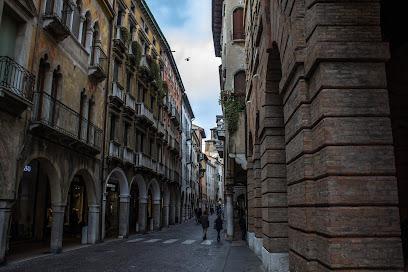
Canale dei Buranelli
29.9 km
Discover the serene beauty and rich heritage of Canale dei Buranelli, a picturesque canal in Treviso perfect for leisurely explorations.
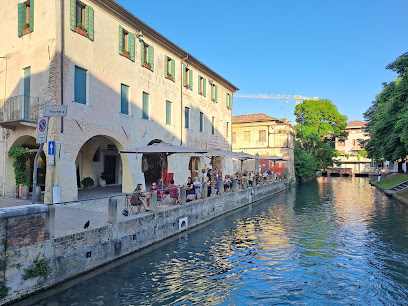
Palazzo dei Trecento
29.9 km
Explore the stunning Palazzo dei Trecento, a historical landmark in Treviso that reflects the city's rich architectural heritage and culture.
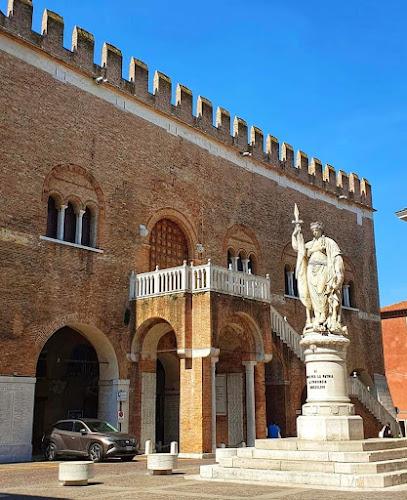
Aquila Vaia di Marcesina
31.6 km
Discover the breathtaking beauty of Aquila Vaia di Marcesina, a top tourist attraction in Trentino, where nature and tranquility await.
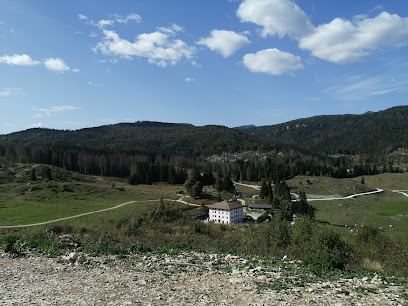
Piazza Martiri della Libertà
35.1 km
Experience the vibrant atmosphere of Piazza Martiri della Libertà in Thiene, a charming town square rich in culture and history.

Museum of the Battle
35.2 km
Explore the Museum of the Battle in Vittorio Veneto, a captivating war museum showcasing Italy's rich military history through artifacts and engaging exhibits.
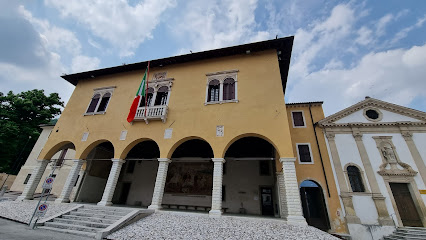
Museo del Cenedese
36.4 km
Discover the artistic heritage of Treviso at Museo del Cenedese, where history and creativity intertwine in a captivating cultural experience.
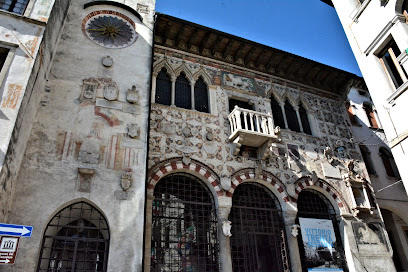
Parrocchia di San Polo di Piave
37.3 km
Explore the serene beauty and historical significance of Parrocchia di San Polo di Piave, a spiritual gem in the heart of San Polo di Piave, Italy.
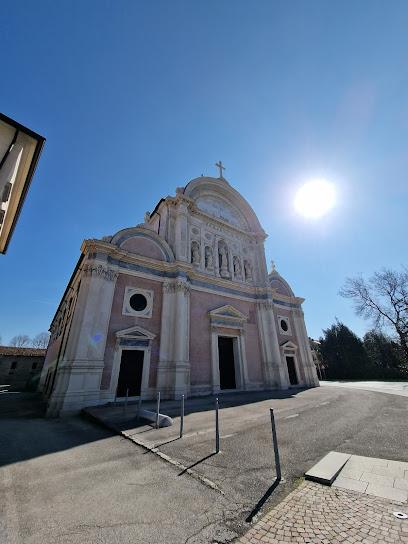
Parco Grotte del Caglieron
39.6 km
Explore the captivating caves and lush landscapes of Parco Grotte del Caglieron, a must-visit natural wonder in the heart of Treviso, Italy.
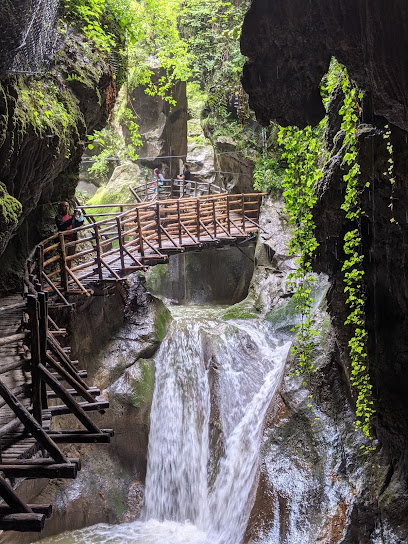
Piazzetta Santo Stefano, 0
40.1 km
Piazzetta Santo Stefano: A charming square in Vicenza, brimming with history, vibrant local culture, and inviting cafés perfect for leisurely exploration.
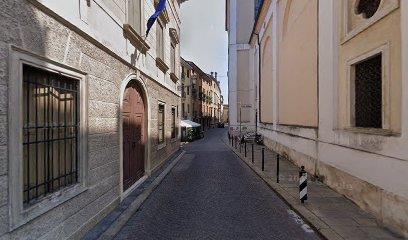
Ponte Furo
40.1 km
Discover the beauty and history of Ponte Furo, an architectural marvel in Vicenza, Italy, offering stunning views and a serene atmosphere for all visitors.
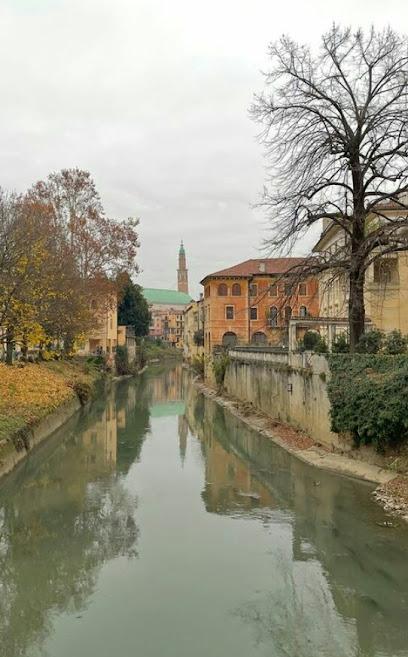
Unmissable attractions to see
Museo Civico di Asolo
0.0 km
Explore the rich cultural heritage of Asolo at the Museo Civico, featuring captivating art and historical exhibits in a stunning setting.
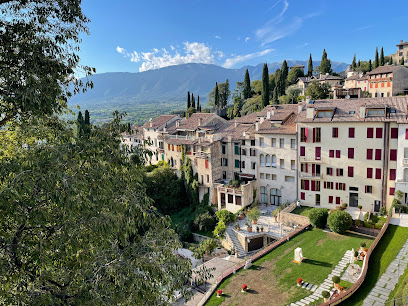
Torre Reata
0.1 km
Discover the historical charm and stunning views at Torre Reata, a must-visit medieval tower in the picturesque town of Asolo, Italy.
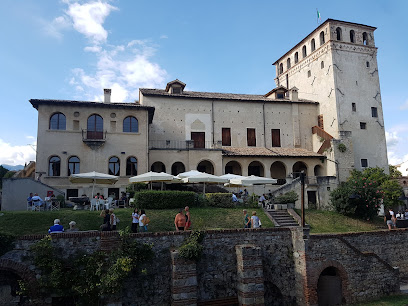
Castello della regina Cornaro
0.1 km
Discover the mesmerizing Castello della regina Cornaro in Asolo, a historical castle with stunning views and a rich royal legacy.
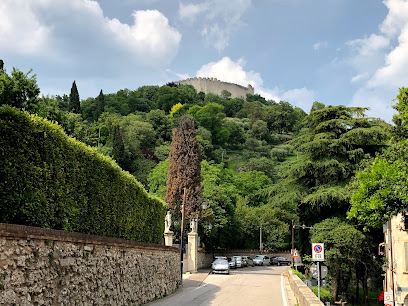
Villa Freya
0.1 km
Discover the architectural beauty and serene landscapes of Villa Freya in Asolo, a captivating tourist attraction that embodies Italian heritage.
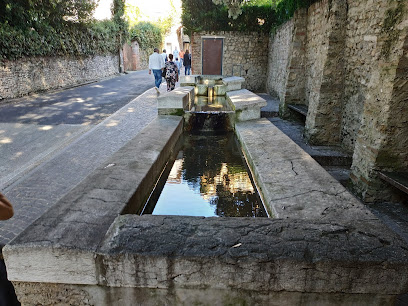
Borgo di Asolo
0.3 km
Explore the breathtaking medieval charm of Borgo di Asolo, a hidden gem in Italy's Treviso province, rich in history, art, and culinary delights.
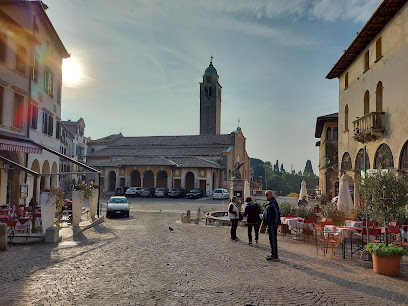
Rocca di Asolo
0.3 km
Experience the awe-inspiring Rocca di Asolo, a medieval fortress in Italy offering stunning landscapes and rich history, perfect for every traveler.
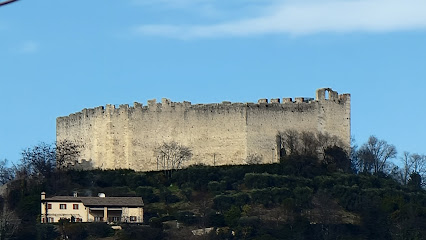
Tenuta Baron Winery
3.4 km
Discover the enchanting Tenuta Baron Winery, where exquisite wines and the beauty of the Italian countryside come together for an unforgettable experience.
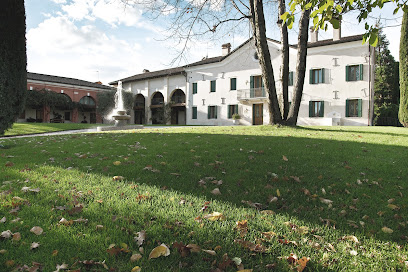
Villa di Maser
5.0 km
Discover the beauty of Villa di Maser, a UNESCO World Heritage Site showcasing Renaissance art and architecture in the heart of Italy.

Tomba Brion (Arch. Carlo Scarpa)
5.6 km
Discover the beauty of Tomba Brion, a historical landmark in Altivole, designed by Carlo Scarpa, where architecture meets nature in perfect harmony.
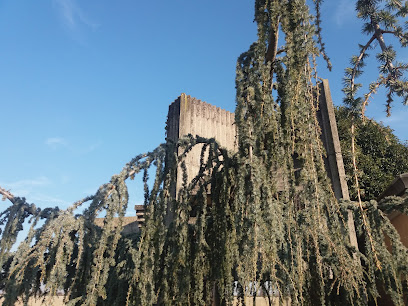
Sentieri Natura San Zenone degli Ezzelini
5.7 km
Discover the stunning hiking trails of Sentieri Natura San Zenone degli Ezzelini, a paradise for nature lovers and outdoor enthusiasts in Treviso.
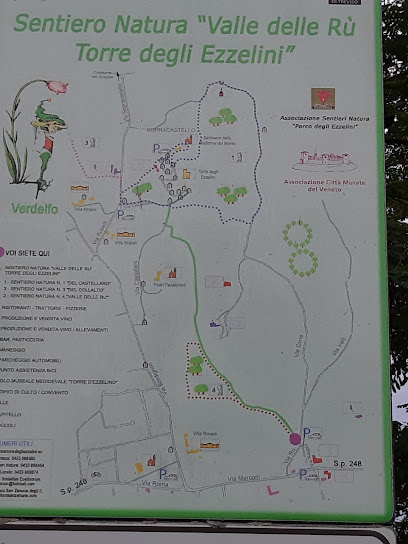
Temple of Canova
6.9 km
Explore the Temple of Canova in Possagno, a neoclassical masterpiece celebrating the life and art of the renowned sculptor Antonio Canova.
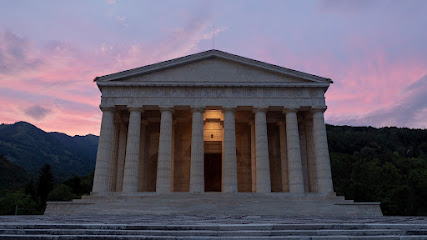
Asolo Golf Club
7.0 km
Discover the beauty of Asolo Golf Club, where stunning landscapes meet exceptional golfing experiences in the heart of Italy's Treviso region.

RIESE PIO X
8.1 km
Explore Riese Pio X: a hidden gem in Treviso, Italy, rich in history, culture, and breathtaking landscapes waiting to be discovered by tourists.
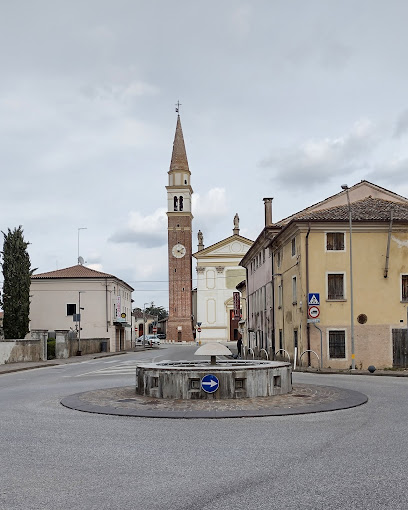
Entrata ovest parco naturalistico del piave
10.6 km
Explore the tranquil beauty of Entrata Ovest Parco Naturalistico del Piave in Valdobbiadene, a stunning natural park perfect for outdoor enthusiasts.
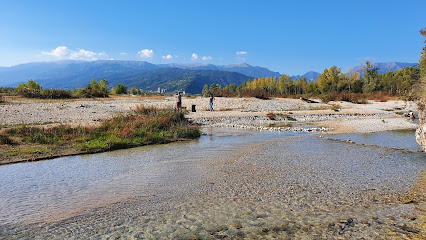
Ponte di Vidor
10.7 km
Discover the stunning Ponte di Vidor, a picturesque bridge in Valdobbiadene, surrounded by breathtaking scenery and rich Italian culture.
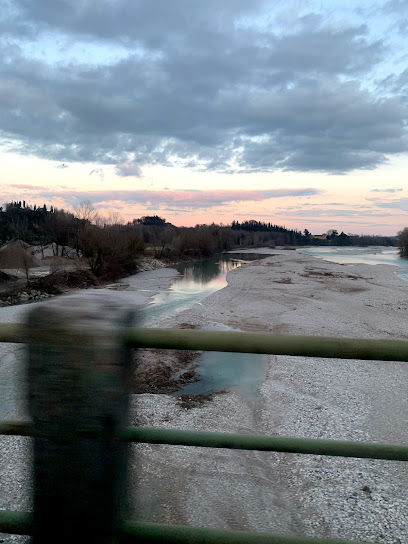
Essential places to dine
Ristorante Barbesin
13.3 km
Experience authentic Italian cuisine at Ristorante Barbesin in Castelfranco Veneto - where tradition meets flavor.
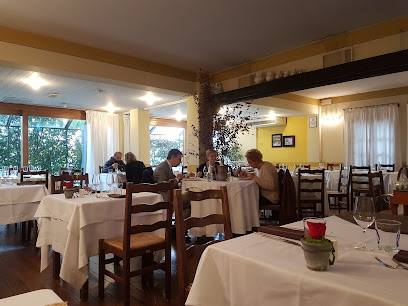
Eclectique
14.5 km
Discover Eclectique: A Mediterranean restaurant offering exquisite seafood dishes and craft cocktails in Castelfranco Veneto.
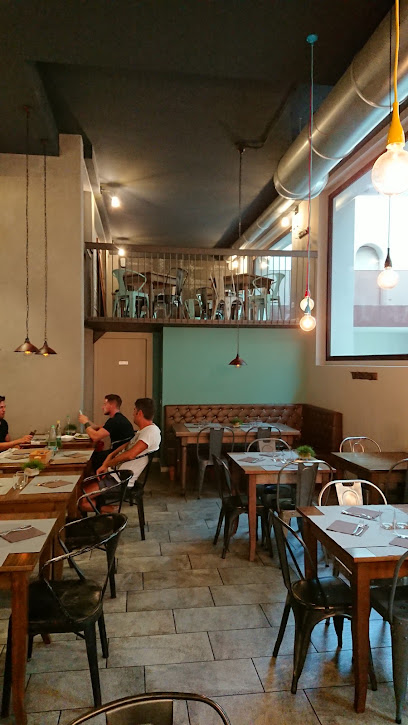
All'Antico Girone
14.5 km
Discover authentic Italian flavors at All'Antico Girone, where every dish tells a story of culinary excellence in Castelfranco Veneto.
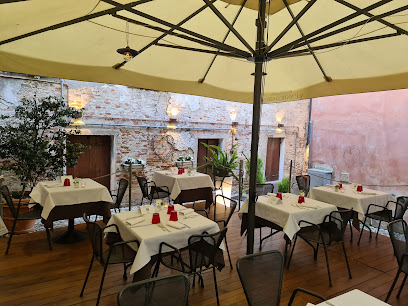
Feva
14.5 km
Discover the exquisite flavors of Italy at Feva in Castelfranco Veneto – where fine dining meets exceptional service.
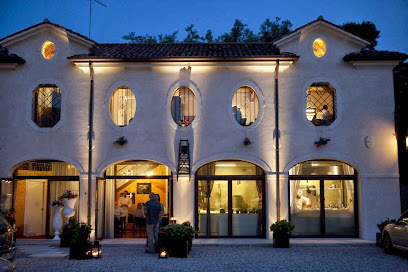
AMAROPERSONALCHEF
14.7 km
Discover the essence of Italian cuisine at AMAROPERSONALCHEF in Castelfranco Veneto - where tradition meets flavor.

Osteria Rive
19.9 km
Discover Osteria Rive: A fusion of exquisite Italian dining and captivating live jazz in the heart of Cartigliano.
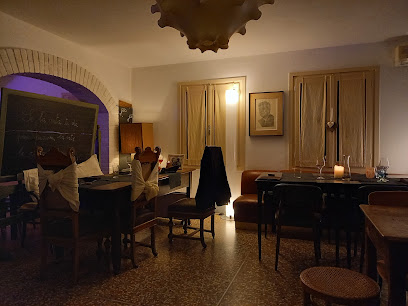
Ristorante Storie D'Amore
29.4 km
Experience the romance of Italy at Ristorante Storie D'Amore - where every meal is a celebration of love and culinary excellence.

Seda - Ristorante
31.4 km
Discover authentic Italian flavors at Ristorante Seda in Vittorio Veneto, where culinary excellence meets warm hospitality.

Le Macine
36.4 km
Experience authentic Italian cuisine at Le Macine in Vittorio Veneto – where every dish tells a story of tradition and flavor.
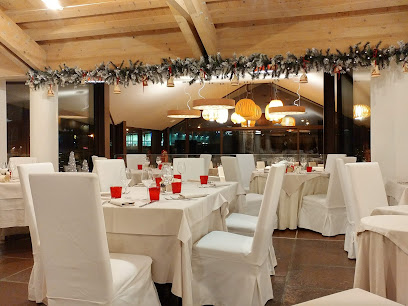
Ristorante Assaggi Beccofino
36.5 km
Discover authentic Italian flavors at Ristorante Assaggi Beccofino in Mogliano Veneto - where culinary tradition meets modern elegance.
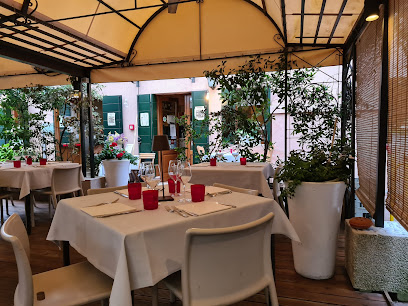
Origine- La Casa del Campanaro
36.8 km
Experience authentic Italian flavors at Origine - La Casa del Campanaro in Mogliano Veneto, where tradition meets exquisite taste.
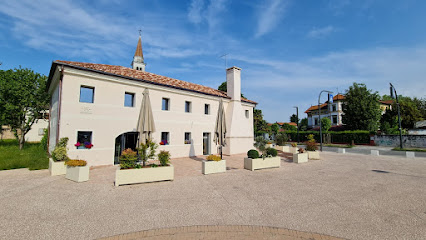
Osteria Veneto's
40.4 km
Discover authentic Italian flavors at Osteria Veneto's in Vicenza—an unforgettable dining experience awaits you.
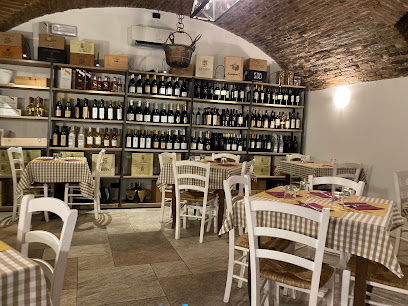
Restaurant Taverneta A La Scuea
42.3 km
Experience exquisite seafood dining at Taverneta A La Scuea, where Venetian tradition meets culinary innovation in an unforgettable setting.

Ristorante Lusernarhof - cucina di montagna
48.1 km
Experience authentic mountain cuisine at Ristorante Lusernarhof in Luserna—where traditional Italian flavors meet breathtaking alpine views.
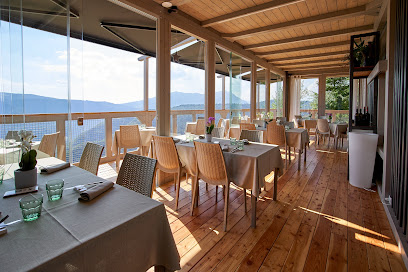
Trattoria da'a Marisa
50.7 km
Discover authentic Italian cuisine at Trattoria da'a Marisa in Venice, where fresh seafood meets traditional recipes in a charming canal-side setting.
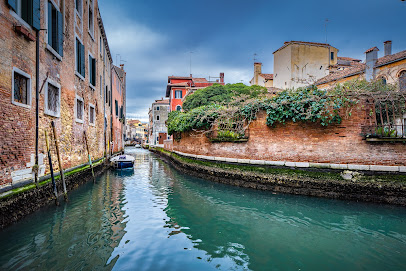
Markets, malls and hidden boutiques
I Giardini del Sole
13.6 km
Discover I Giardini del Sole, a vibrant shopping mall in Castelfranco Veneto, offering diverse retail options and delightful dining experiences.

Shopping Day
13.8 km
Discover a vibrant shopping experience at Shopping Day in Castelfranco Veneto, offering fashion, food, and local flair in one dynamic location.

Cenere Boutique
14.3 km
Discover elegance and style at Cenere Boutique in Bassano del Grappa, where fashion meets quality in a charming Italian setting.
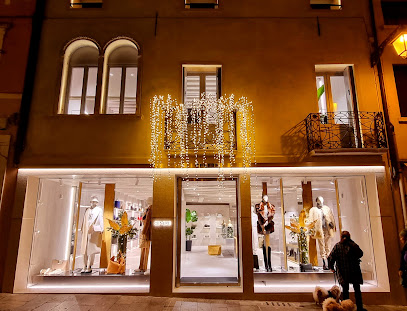
Montegrappa Boutique
14.3 km
Explore Montegrappa Boutique in Bassano del Grappa, where luxury pens transform the art of writing into an unforgettable experience.
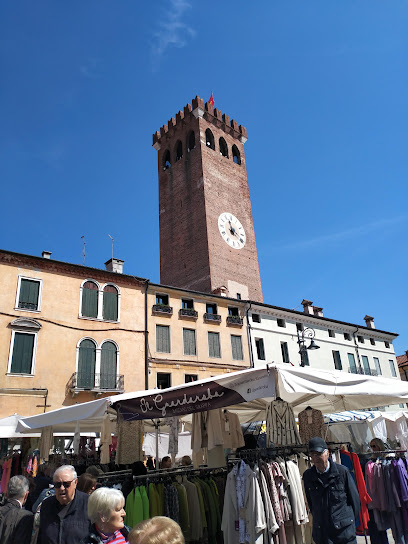
Vintage Wave
14.5 km
Explore Vintage Wave in Bassano del Grappa for a unique shopping experience brimming with stylish, curated clothing that embodies Italian chic.

Wooden Bassano
14.5 km
Explore Wooden Bassano, where quality meets style in men's clothing, nestled in the heart of beautiful Bassano del Grappa.

At Tao Bassano
14.5 km
Discover unique gifts and collectibles at Al Tao Bassano, a charming shop in the heart of Bassano del Grappa, Italy.

Iper Fashion
16.5 km
Explore Iper Fashion in Bassano del Grappa for a diverse collection of stylish clothing and accessories, perfect for enhancing your Italian adventure.

LUXURY STORE VENETO
30.9 km
Explore exquisite jewelry and unique antiques at Luxury Store Veneto, a must-visit destination in Casier, Italy for discerning travelers.
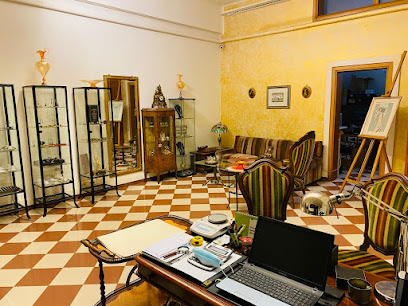
Karmashop - Ethnic handicrafts
36.1 km
Discover Karmashop in Vittorio Veneto, your destination for unique ethnic handicrafts and clothing that embody local culture and artistry.

Another Negozio Creativo
36.4 km
Explore Another Negozio Creativo in Vittorio Veneto for unique women's fashion and local style treasures in a charming Italian boutique.

Centro Commerciale Valecenter
41.6 km
Explore the bustling Centro Commerciale Valecenter in Marcon for a superb shopping experience with dining options and a vibrant atmosphere.

Galleria Barcella
42.7 km
Discover Galleria Barcella, a vibrant shopping mall in Venice, offering a unique blend of local culture and diverse retail experiences.
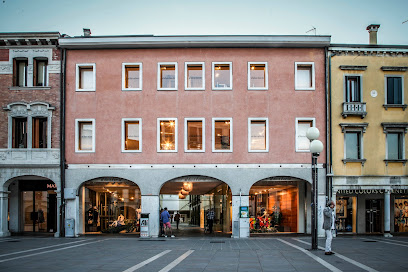
Marialuisa Benetti Bride
42.7 km
Discover exquisite bridal gowns and accessories at Marialuisa Benetti Bride, Venice's premier bridal shop for a dream wedding experience.

Le Barche mall
42.9 km
Explore the vibrant Le Barche Mall in Venice for a delightful shopping experience with top brands and local treasures.
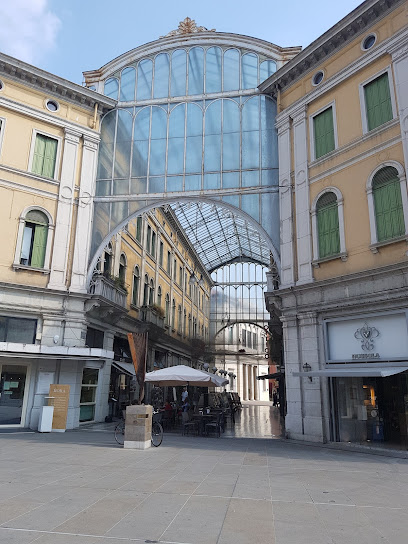
Essential bars & hidden hideouts
Shake&Co
14.0 km
Experience the vibrant atmosphere of Shake&Co in San Giuseppe, where cocktails and brunch unite for an unforgettable taste adventure.

Vèrmot Americaneria
14.6 km
Experience vibrant nightlife at Vèrmot Americaneria, where expertly crafted cocktails meet delicious snacks in the heart of Castelfranco Veneto.
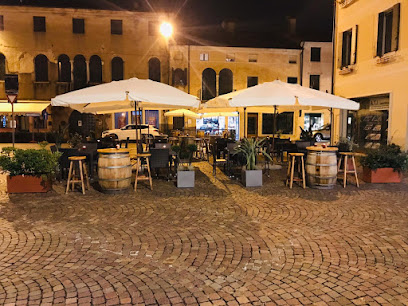
Cloakroom Cocktail Lab
29.9 km
Discover the exquisite cocktails and vibrant atmosphere at Cloakroom Cocktail Lab in Treviso, where each sip is a delightful journey.

Bar Lux - Ristorante
36.1 km
Discover the perfect blend of local flavors and a vibrant atmosphere at Bar Lux in Vittorio Veneto.
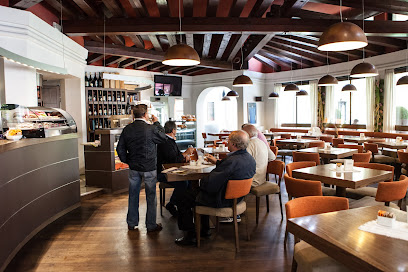
L'Altro Verdi
42.5 km
Experience the authentic Venetian nightlife at L'Altro Verdi, where delightful drinks and a warm atmosphere await you in the heart of Venice.
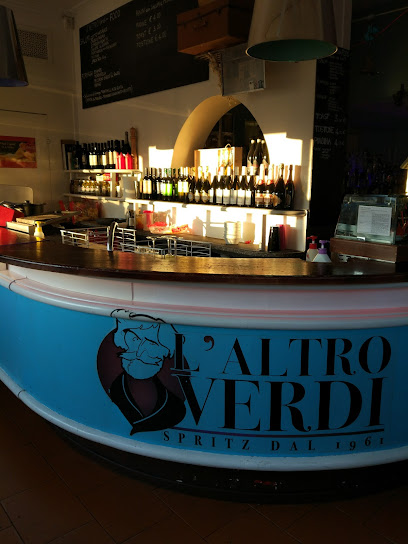
Marais Wine and Cocktails
42.6 km
Discover the vibrant atmosphere of Marais Wine and Cocktails in Venice, where exquisite drinks and lively ambiance create unforgettable memories.

Whisky Bar
42.9 km
Discover a sophisticated whisky experience in the heart of Venice, where every sip tells a story and every visit is memorable.

Blind Spot - Cocktail Bar Venezia
43.8 km
Discover the vibrant nightlife of Venice at Blind Spot Cocktail Bar, where exquisite drinks and a lively atmosphere await.

Laboratorio ALchemico
44.0 km
Experience the perfect blend of innovative cocktails and gourmet cuisine at Laboratorio ALchemico in Padua, a must-visit destination for food and drink lovers.
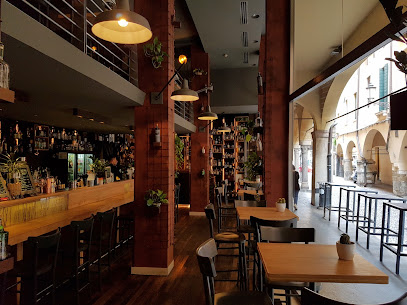
Il Gottino - Wine Bar
44.1 km
Discover the charm of Il Gottino, a wine bar in Padua, offering exquisite local wines and a cozy atmosphere perfect for relaxation.

VENETO chill bar
50.6 km
Discover Veneto Chill Bar: A cozy lounge in Cornedo Vicentino offering a perfect blend of relaxation, drinks, and local charm.
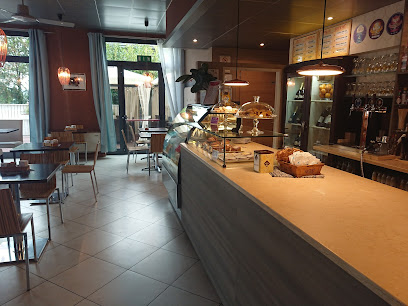
Al Balcon
50.8 km
Discover Al Balcon, Venice's charming bar along the Cannaregio canal, offering local drinks, stunning views, and a cozy atmosphere for a perfect getaway.

Al Parlamento
50.9 km
Experience the charm of Venice at Al Parlamento, a cozy bar in Cannaregio serving authentic cicchetti and local wines.
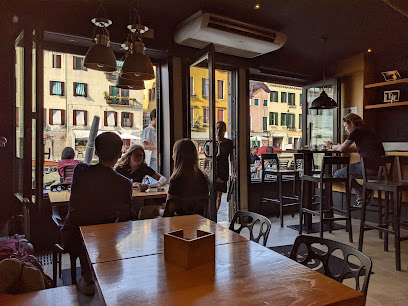
Vinile
51.1 km
Discover the vibrant nightlife of Venice at Vinile, a unique bar where eclectic drinks and a welcoming atmosphere meet the charm of the city.

Birreria Zanon
51.1 km
Discover the authentic flavors of Venice at Birreria Zanon, a lively brewery and gastropub serving exquisite local beers and delicious Italian dishes.
